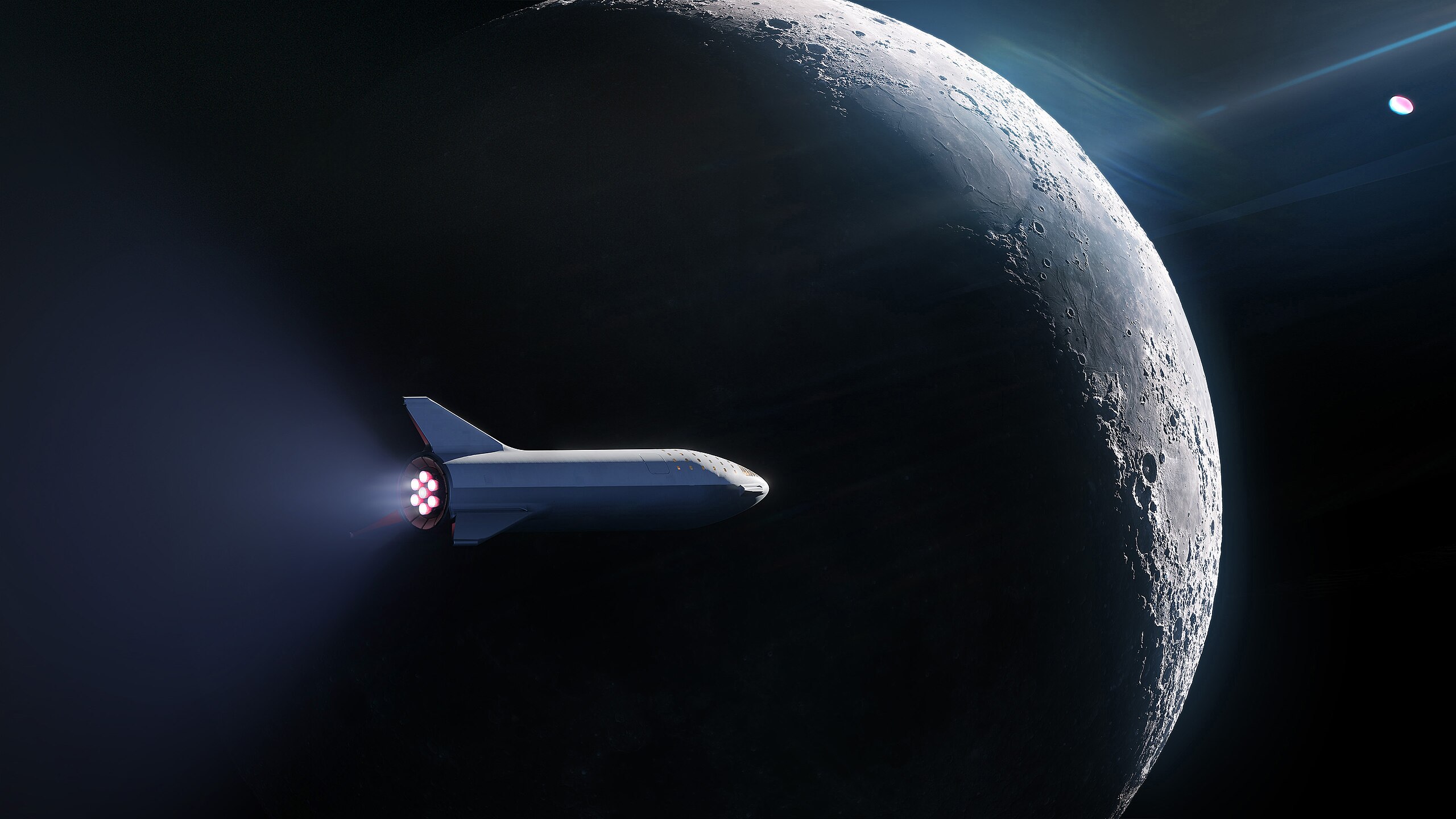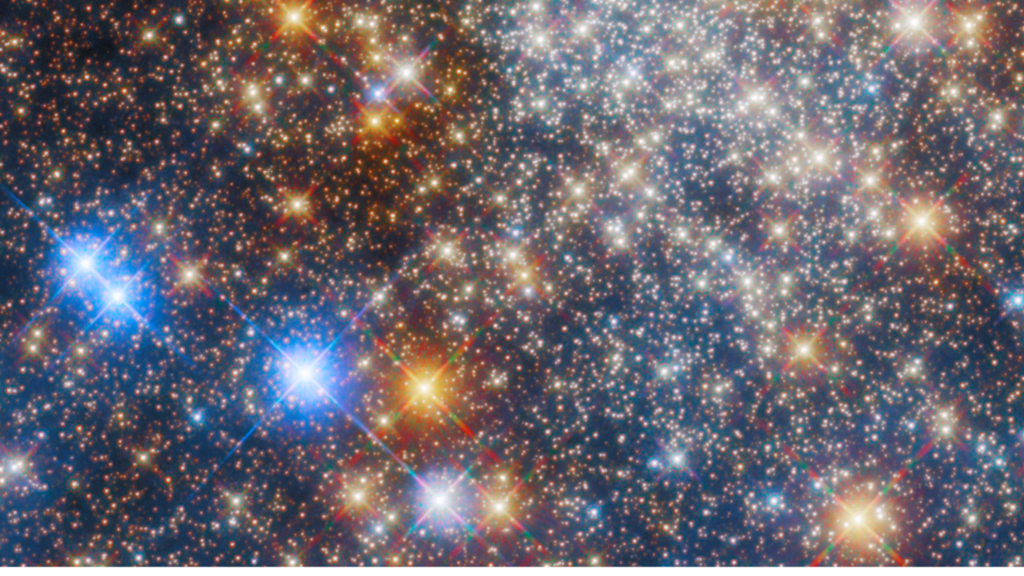Today marks a significant milestone in NASA’s mission to explore the Sun up close: the Parker Solar Probe will make a close flyby of Venus, a key step before it embarks on an unprecedented encounter with our star. This maneuver, known as a “gravity assist,” will allow the spacecraft to gain speed and refine its trajectory, preparing it for its closest approach to the Sun yet.
Launched in 2018, NASA’s Parker Solar Probe is the closest a human-made object has ever been to the Sun. This groundbreaking mission is designed to study the Sun’s outer atmosphere, or corona, where temperatures soar to millions of degrees Fahrenheit. The Parker Solar Probe aims to uncover the mysteries of solar winds, solar flares, and the energetic particles emitted by our star, providing insight into space weather phenomena that affect Earth and our solar system.
Equipped with heat-resistant shields, the probe has already endured intense heat and radiation, providing scientists with valuable data on the Sun’s structure and behavior. As it moves closer, it will encounter temperatures nearing 2,500 degrees Fahrenheit (1,377 degrees Celsius), testing the limits of engineering and scientific exploration.
Why the Venus Flyby Is Essential
Today’s Venus flyby is a crucial part of the Parker Solar Probe’s mission strategy. Using Venus’s gravitational field, NASA engineers are guiding the probe into a tighter, more elliptical orbit that brings it ever closer to the Sun. This maneuver allows the spacecraft to “slingshot” around Venus, adjusting its speed and angle without using onboard fuel, making the mission more efficient.
Venus flybys are scheduled periodically throughout the mission, with each pass helping the probe to dip even closer to the Sun. This approach maximizes the data collected from each orbit, allowing scientists to observe solar phenomena with increasing precision.
What We Hope to Learn from the Parker Solar Probe’s Sun Encounter
The Sun is the central energy source for our solar system, yet many of its processes remain shrouded in mystery. One of the primary goals of the Parker Solar Probe mission is to understand the behavior of solar winds, the stream of charged particles that flows from the Sun and affects everything from satellite operations to GPS systems here on Earth.
By getting close enough to the Sun, the Parker Solar Probe can study the origins of solar winds, explore the structure of the corona, and observe solar magnetic fields. The data gathered will enhance our understanding of the Sun’s impact on the solar system, improve space weather forecasting, and help us protect satellites and astronauts from harmful radiation.

 AI2 years ago
AI2 years ago
 Blog2 years ago
Blog2 years ago
 AI2 years ago
AI2 years ago
 SpaceX2 years ago
SpaceX2 years ago
 Space2 years ago
Space2 years ago
 NASA2 years ago
NASA2 years ago
 Space2 years ago
Space2 years ago
 Sports9 years ago
Sports9 years ago







